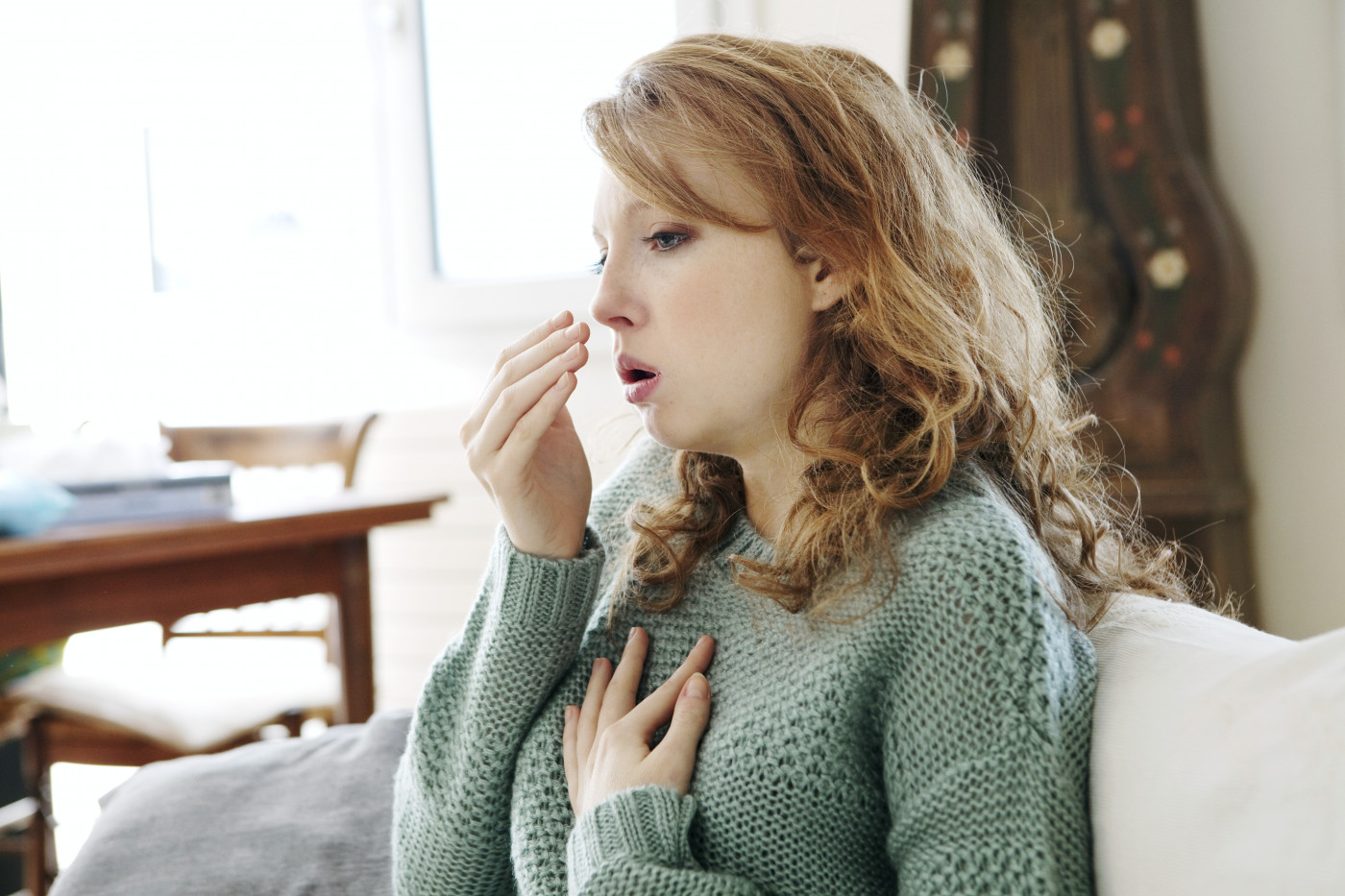Severe Dryness Symptoms Increase Risk of Cavities, Oral Candida, Study Finds

Severe dryness symptoms increase the risk of developing tooth cavities and having oral Candida infection in people with Sjögren’s syndrome, a new study found.
The study, “Sicca Symptoms, Oral Health Conditions, Salivary Flow and Oral Candida in Sjögren’s Syndrome Patients,” was published in the International Journal of Environmental Research and Public Health.
Sjögren’s syndrome is a progressive autoimmune disorder in which the individual’s immune cells mistakenly attack the body’s moisture-producing glands — including the ones responsible for making saliva and tears. This causes people with Sjögren’s to have sicca, or dryness symptoms that include dry mouth and eyes, and sometimes also skin and vaginal dryness.
The disorder is classified as primary if patients do not have another major rheumatic and/or autoimmune disease. If it’s associated with conditions such as rheumatoid arthritis, systemic lupus erythematosus, or systemic sclerosis, known as scleroderma, the disorder is classified as secondary.
Previous studies have reported that people with Sjögren’s are at higher risk of dental infections, oral mucosal infections, caries or tooth cavities, and alterations of the oral microbiome, which is the microbe population naturally present in the mouth.
Now, researchers conducted a study to investigate the relationships between sicca symptoms, saliva production, oral health conditions, and the presence of oral Candida — a type of yeast — in Sjögren’s patients.
The study included 85 participants with the disorder, nearly all women (two men), with a mean age of 50.5 years. Among the patients, 38 had the primary form of the condition and 47 had the secondary form. A control group comprised of 40 healthy people, with a mean age of 51.4 years, also was evaluated.
The underlying conditions of the secondary Sjögren’s patients included systemic lupus erythematosus (26 people), rheumatoid arthritis (14 individuals), systemic sclerosis (two patients), and mixed connective tissue disorder (2 people). One patient each had Raynaud’s syndrome, seronegative arthritis, and vasculitis in addition to the disorder.
A short form version of the Sicca Symptoms Inventory (SSI) was completed by all participants. That questionnaire evaluates the severity of sicca symptoms in four areas, or domains: oral, eye, skin, and vaginal dryness. Both overall and domain-specific scores are given. The higher the score, the more severe are the sicca symptoms.
The results showed no differences in SSI scores between people with the condition’s primary or secondary form. However, the mean overall SSI score of Sjögren’s syndrome patients were higher than those of healthy people — 11.1 vs. 5.4.
Domain-specific scores also were higher among those with Sjögren’s. The most common symptoms were eye irritation (93%), dry throat or nose (88%) and need of fluid for mouth wetting (88%), dry or itchy skin (87%), and difficulty in eating (86%).
Saliva production, both unstimulated and stimulated, was lower in Sjögren’s patients than in healthy people. Overall, higher eye and oral SSI scores were associated with lower saliva production.
“SSI in its severity scores … allows reflection of the true association between subjective complaints and objective measurement of hyposalivation,” the team wrote.
People with Sjögren’s were seen to have a greater number of filled tooth surfaces due to cavities. Importantly, a link was found between patients’ overall eye and oral SSI scores and the number of filled tooth surfaces.
“This correlation implies that patients who presented with high caries [cavities] experience may warrant an investigation for the presence of concurrent ocular and oral sicca symptoms, and vice versa,” the researchers wrote.
In addition, Candida was found in oral rinse samples from 63.5% of patients and in dental plaque (a film of bacteria that grows on surfaces within the mouth) from 68.2% of patients. In contrast, no Candida was found in samples from healthy people.
Candida albicans was the most common Candida type found among Sjögren’s patients, and contributed by over 50% for the total amount of Candida identified in patient samples.
Higher overall, eye, and oral SSI scores were linked to a greater chance of having Candida found in oral samples.
High amounts of Candida in oral samples were associated with lower saliva production and a greater risk of tooth decay and needing tooth fillings.
“The role of Candida in the pathogenesis of caries warrants further investigations,” the team wrote.
Overall, people with Sjögren’s “had more severe sicca symptoms than healthy individuals and the severity of self-reported sicca symptoms was negatively correlated to the salivary flow rates, but positively correlated to the caries experience and oral Candida colonization,” the team concluded.






